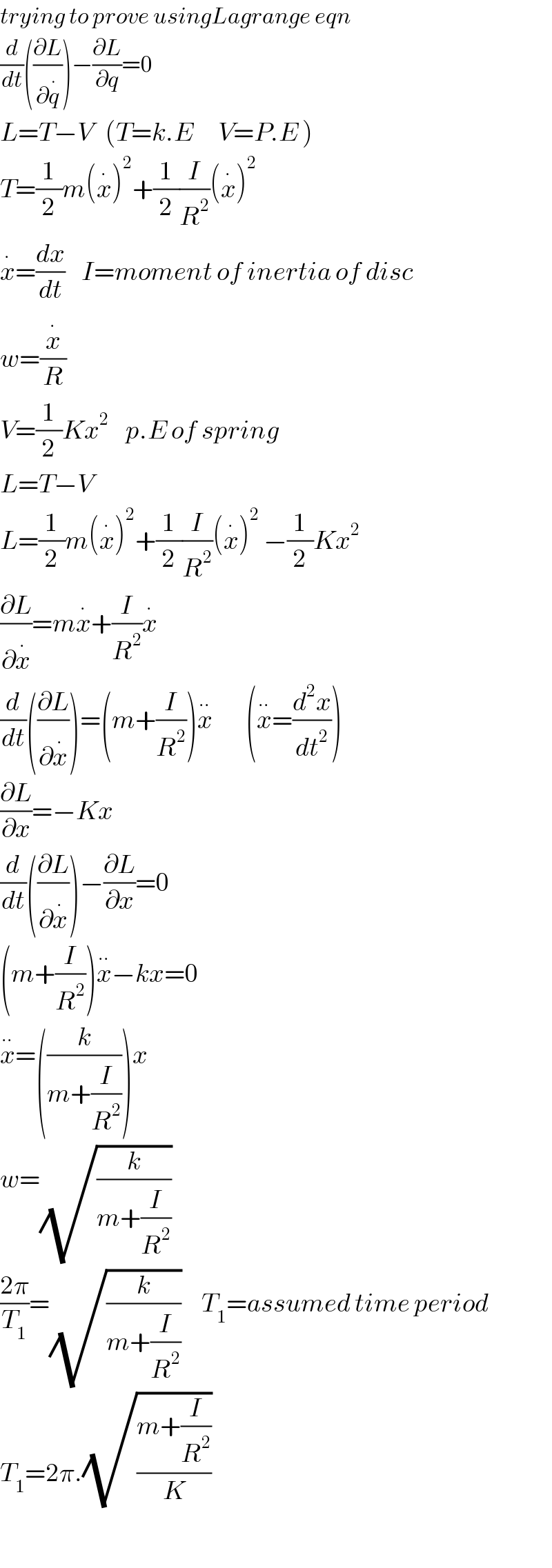
Question and Answers Forum
Question Number 45205 by Necxx last updated on 10/Oct/18

Answered by tanmay.chaudhury50@gmail.com last updated on 11/Oct/18

Commented by Necxx last updated on 12/Oct/18

Answered by tanmay.chaudhury50@gmail.com last updated on 11/Oct/18

